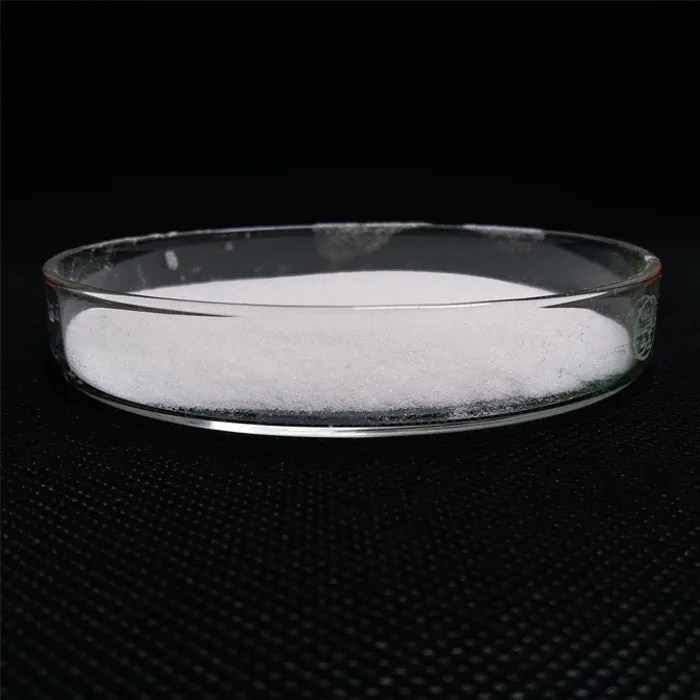Theobromine vs. Caffeine A Comparative Analysis of Their Structures and Effects
Theobromine and caffeine are two closely related alkaloids found in various plants, most notably in cocoa beans and coffee beans respectively. Despite their structural similarities, these compounds exhibit distinct pharmacological properties and effects on the human body. This article aims to compare the structures of theobromine and caffeine while elucidating their individual effects and potential uses.
Structural Composition
Both theobromine and caffeine belong to a class of compounds known as methylxanthines, which are characterized by a core structure of xanthine—a purine base that plays a role in various biological systems. Their molecular formulae are similar, with caffeine having the formula C8H10N4O2 and theobromine having the formula C7H8N4O2. The primary difference in their structures lies in the number and position of the methyl groups (–CH3) attached to the xanthine backbone.
Caffeine has three methyl groups located at positions 1, 3, and 7 of the xanthine ring, which contributes to its potency as a stimulant. In contrast, theobromine has only two methyl groups at positions 1 and 3, with a hydrogen atom replacing the methyl group at position 7. This seemingly minor structural variation has significant implications for their biological activity and effects.
Biological Effects
The effects of theobromine and caffeine on the human body can be attributed to their structural differences and how they interact with specific receptors. Both compounds act as central nervous system stimulants, but caffeine is generally regarded as the more potent of the two. Caffeine primarily works by blocking adenosine receptors, leading to increased alertness and reduced perception of fatigue. This effect is particularly appreciated in consumption contexts such as coffee drinking, where the stimulation promotes wakefulness and enhances cognitive function.
theobromine vs caffeine structure

On the other hand, theobromine exhibits a milder stimulant effect. It also interacts with adenosine receptors, but its affinity is significantly lower compared to caffeine. Additionally, theobromine has a vasodilatory effect, meaning it can cause blood vessels to widen, which may result in a reduction of blood pressure. This property, alongside its mood-enhancing effects, makes theobromine a more soothing stimulant, often associated with the consumption of dark chocolate.
Health Benefits and Risks
While both compounds offer certain health benefits, they also possess risks associated with excessive consumption. Caffeine is well-known for its potential to cause anxiety, insomnia, and increased heart rate when consumed in large quantities. In contrast, theobromine is generally considered safer, with fewer side effects; however, it can still lead to toxic reactions in pets, particularly dogs, as they metabolize it much more slowly than humans.
The health benefits of these compounds are notable—caffeine has been linked to improved cognitive performance and has protective effects against various neurodegenerative diseases. Theobromine, on the other hand, has been shown to have antioxidant properties and may improve cardiovascular health by enhancing blood flow and lowering blood pressure.
Conclusion
In summary, theobromine and caffeine are two closely related compounds with critical structural differences that result in varied effects on the human body. Caffeine's stronger stimulatory effects make it a popular choice for enhancing alertness and concentration, while theobromine’s gentler impact offers a more relaxed form of enjoyment often found in chocolate. Understanding the distinctions between these compounds not only enhances our appreciation for the foods and beverages we consume but also illuminates the complex chemistry underlying their health benefits and risks. Ultimately, both theobromine and caffeine have rightful places in our diet, each contributing uniquely to our overall experience of food and drink.

